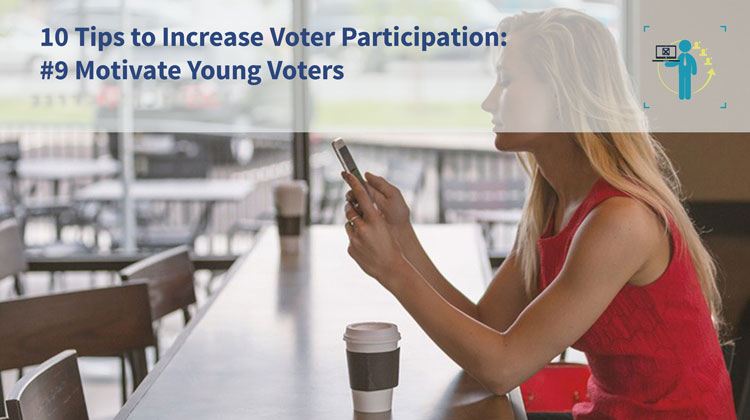
Considering the needs of modern voters – that was the subject of our fifth tip to increase voter participation. Naturally, a large number of these modern voters consist of the younger generation.
This younger generation lives digitally to a far greater extent than the generation before: They communicate digitally, they shop online, they work for and with modern media, and use the opportunity to bank online. A generation that incorporates the internet so extensively into its everyday life can be reached entirely differently. That is what we will talk about today.
“The youth are homesick for the future.”
– Jean-Paul Sartre, French writer and philosopher –
The opportunity to vote online
Higher, faster, further: The new generation of people who “work with media” loves efficiency. It also waves its metaphorical feather duster around, especially if their systems or processes seem obsolete. There are also decisive arguments for taking the online route for voting systems.
Polls and practical experience consistently show that, with the opportunity to vote online, voter participation can drastically increase – especially among the younger age groups. Uncertainties about legal security and data protection are only natural – but unnecessary. Quality and security standards have long since made legally binding elections that also protect personal information possible.
Digital communication
Postal communication has a lot of disadvantages: It costs postage, delivery takes relatively long and it can be lost. The Digital Natives prefer digital communication. Yet e-mails, too, are making their way further into the drawer labelled “Obsolete”.
There are so many forms of “social media” that, from a certain scope of the election organisation onward, it may be worthwhile to commission someone responsible for digital electoral communication. The importance of modern means of communication cannot be underestimated, especially when it concerns younger voters.
Select arguments
Just like with the functional approach and the personalised approach, when it comes to compiling the contents of communication it all boils down to the “How”. Consider which arguments for voting are especially important for younger voters. These should then be given top priority in the message. If you are to motivate younger voters to cast their ballots, this works best when relevant reasons are always immediately accessible to them.
Also approach voters differently based on their age. You do not need to constantly formulate new arguments, as an adjusted sequence in communication often suffices: The strongest argument for younger voters can be different than that which is strongest for older voters. In the case of e-mails, for instance, the text begins with argument X for one age group and with argument Y for the other.
It is important that you always begin your communication with the strongest argument possible, as this catches the recipient’s attention and turns a “quick scan” into concentrated reading.